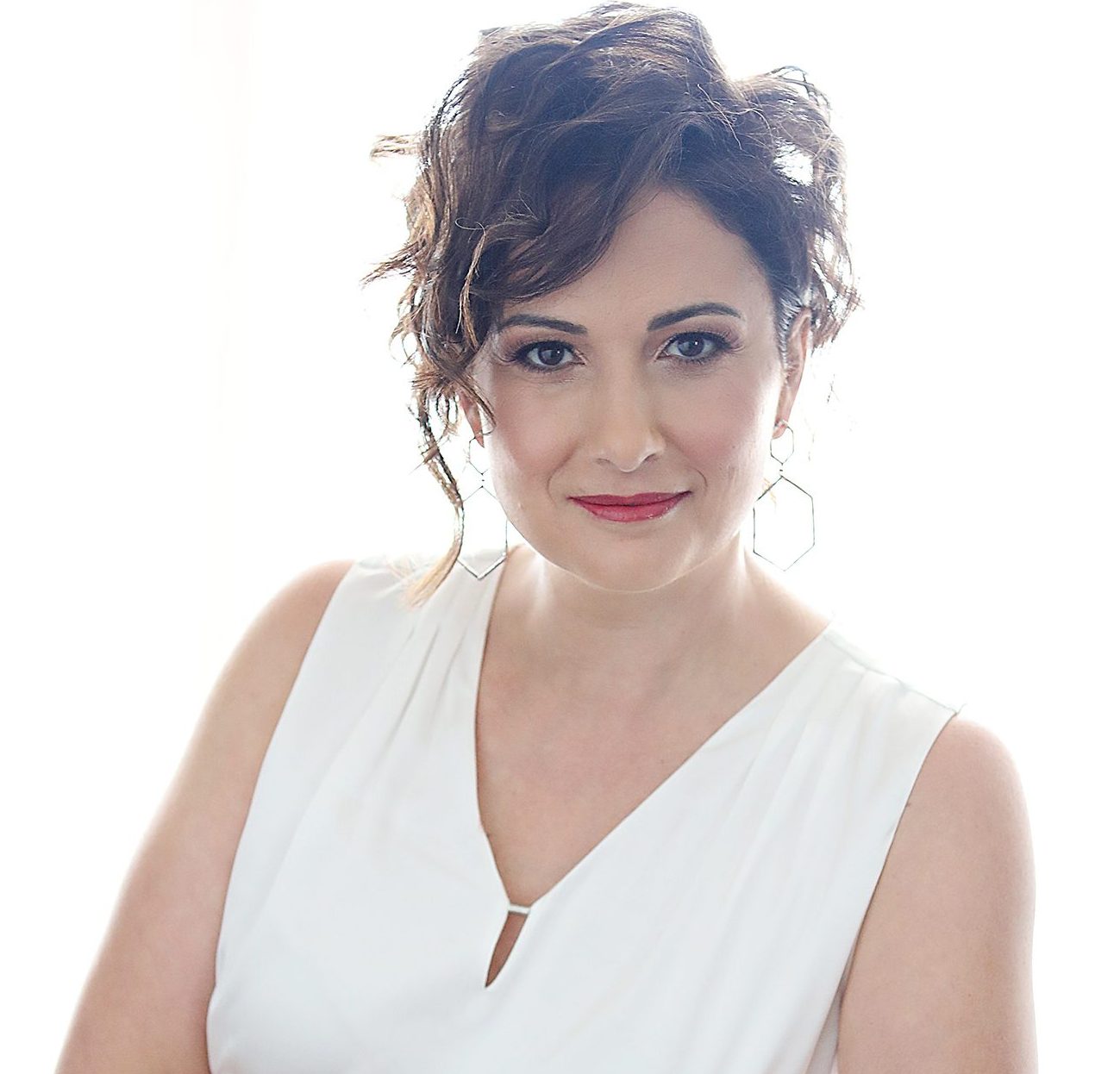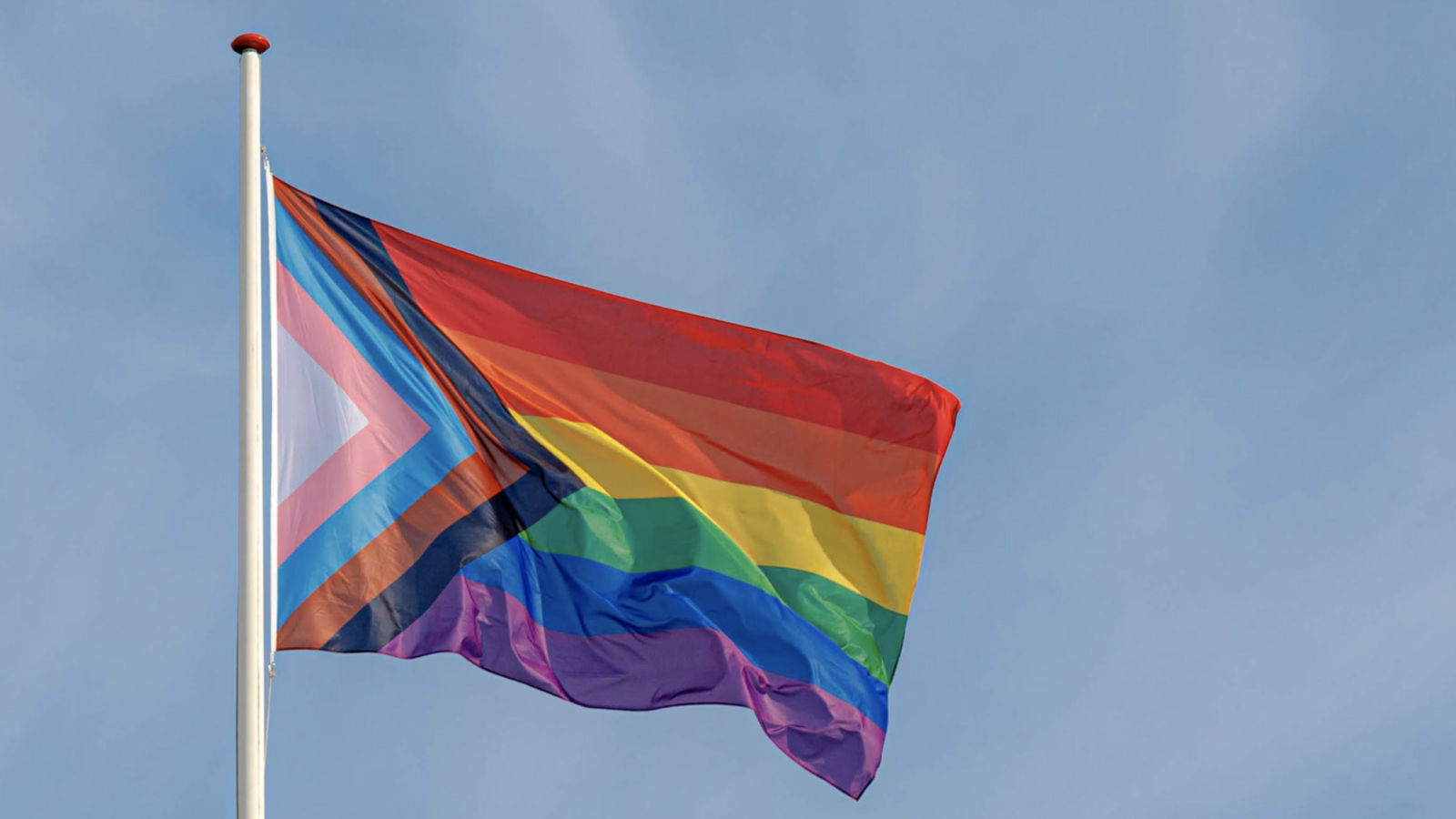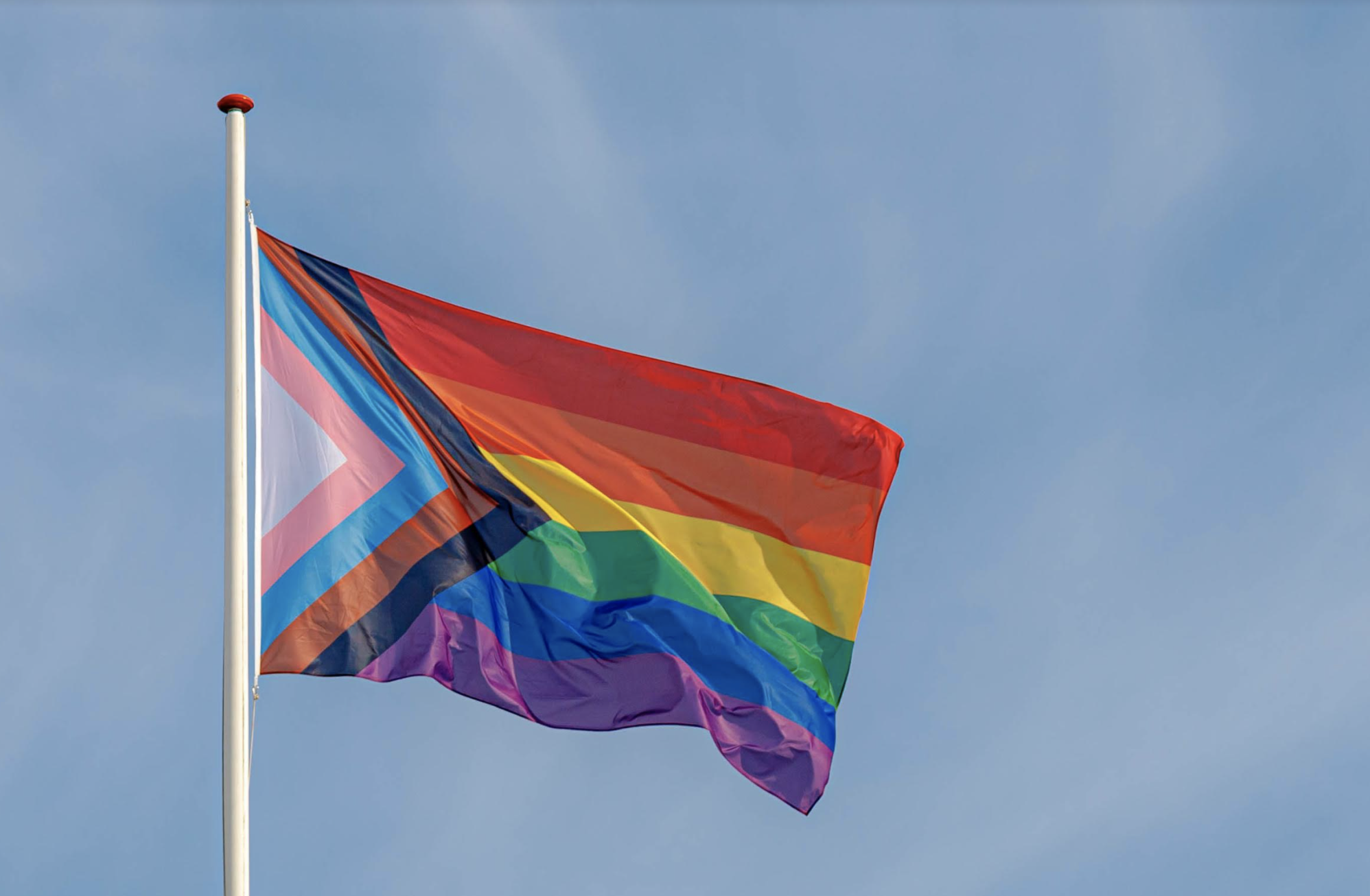
Many of us have seen the vibrant rainbow flag adorn pride parade banners and gay bars. Openly gay politician Harvey Milk emphasized the importance of the representation and appreciation of LGBTQ individuals and commissioned this pride flag from an artist named Gilbert Baker. Created in 1978, this rainbow symbol flies over iconic landmarks like the Stonewall Inn and many other celebrations of queerness. Much like the LGBTQ community, this flag’s meanings are rich and diverse. Here, we will discuss the symbolism of each stripe on the traditional pride flag as well as introduce a few inclusive redesigns of this icon.
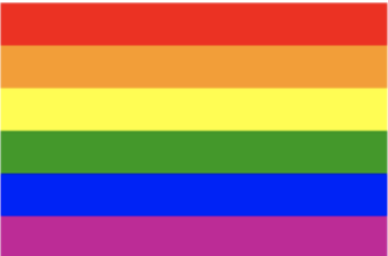
Originally made with eight stripes, Baker soon modified the pride flag to showcase six brilliant colors of the rainbow. Each section stands for an integral part of the gay community. Firstly, red symbolizes life for LGBTQ individuals. Like the blood which flows through each of our veins, this color ties the community together and illustrates our similarities. Orange stands for healing, a difficult process many queer individuals must go through due to widespread homophobia and discrimination. Whether rising up from internal struggles or assisting others with coming out, this experience is felt by many LGBTQ members. According to Baker, the yellow stripe depicts the warm rays of sunlight. This area of the flag is meant to inspire us as the sun symbolizes light and hope for a better future. Similarly, green stands for nature. Same-sex attraction is found in over 1,000 animal species, highlighting the natural roots of the gay community (Imperial). The blue or turquoise in this flag may represent the importance of art or signify growing harmony. These colors demonstrate the strong voices of the LGBTQ+rising up against hatred and bearing their hearts through music, theater, and traditional art. Finally, the royal purple showcases the determined spirit of the queer community. While this groups has felt countless hardships and open discrimination, a shared soul supported by family, friends, and allies allows LGBTQ+ individuals to continue to thrive. These six stripes come together as a strong symbol for the gay community and their place in the world.
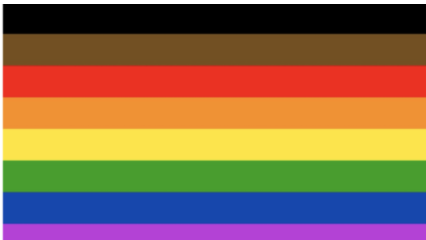
In 2017, the Philadelphia Office of LGBT Affairs shared a new pride flag that incorporates the colors black and brown. These additional stripes illustrate the diversity of the gay community, paying homage to Black, Indigenous, and people of color (BIPOC) communities. Still incorporating the original six colors of the pride flag, this symbol serves as a reminder of the unique experiences faced by LGBTQ+ BIPOC. Through this flag, we can show our support for both the gay community and recognize the important role that people of color have played in the pride movement.
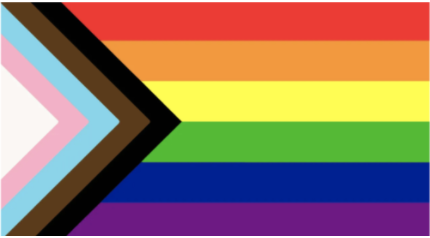
Even more recently, an updated version of the Pride flag was unveiled by an Oregon-based artist named Daniel Quasar. This symbol contains both the original six pride colors alongside the black and brown stripes introduced in 2017. The newest addition are the three white, pink, and blue fields which highlight transgender individuals. This flag emphasizes the importance of transgender men and women within the LGBTQ community and provides them with a unique space on the pride flag.
No matter which flag you choose to fly this June, it is integral to understand the meanings behind these colorful stripes. As we learn more about the gay community, we become better allies, supporters, and friends to our LGBTQ+ coworkers and employees. Take this opportunity to grow alongside me in knowledge and compassion during pride month.
Dima Ghawi is the founder of a global talent development company. Her mission is providing guidance to business executives to develop diversity, equity and inclusion strategies and to implement a multi-year plan for advancing quality leaders from within their organization. Through keynote speeches, training programs and executive coaching, Dima has empowered thousands of professionals across the globe to expand their leadership potential. For more information, visit DimaGhawi.com and BreakingVases.com.

